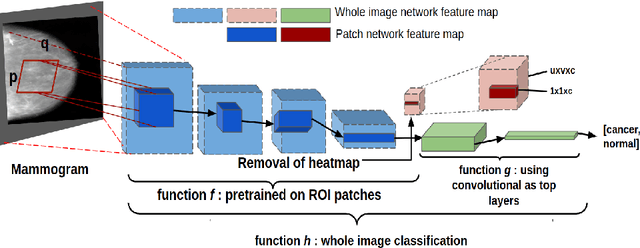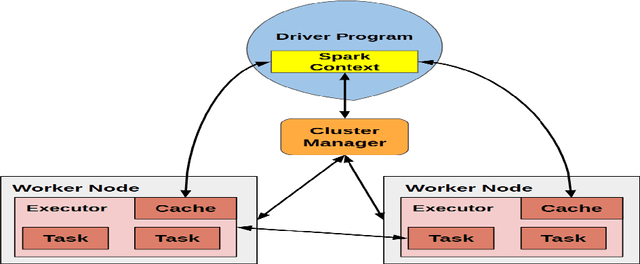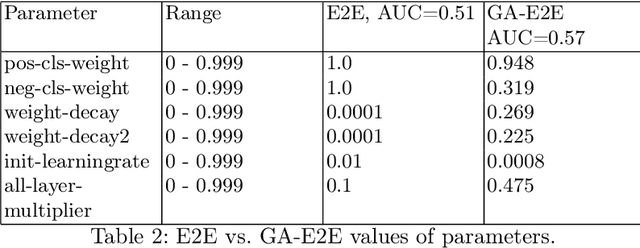Muskan Sehgal
AACHER: Assorted Actor-Critic Deep Reinforcement Learning with Hindsight Experience Replay
Oct 24, 2022Abstract:Actor learning and critic learning are two components of the outstanding and mostly used Deep Deterministic Policy Gradient (DDPG) reinforcement learning method. Since actor and critic learning plays a significant role in the overall robot's learning, the performance of the DDPG approach is relatively sensitive and unstable as a result. We propose a multi-actor-critic DDPG for reliable actor-critic learning to further enhance the performance and stability of DDPG. This multi-actor-critic DDPG is then integrated with Hindsight Experience Replay (HER) to form our new deep learning framework called AACHER. AACHER uses the average value of multiple actors or critics to substitute the single actor or critic in DDPG to increase resistance in the case when one actor or critic performs poorly. Numerous independent actors and critics can also gain knowledge from the environment more broadly. We implemented our proposed AACHER on goal-based environments: AuboReach, FetchReach-v1, FetchPush-v1, FetchSlide-v1, and FetchPickAndPlace-v1. For our experiments, we used various instances of actor/critic combinations, among which A10C10 and A20C20 were the best-performing combinations. Overall results show that AACHER outperforms the traditional algorithm (DDPG+HER) in all of the actor/critic number combinations that are used for evaluation. When used on FetchPickAndPlace-v1, the performance boost for A20C20 is as high as roughly 3.8 times the success rate in DDPG+HER.
Deep Learning Hyperparameter Optimization for Breast Mass Detection in Mammograms
Jul 22, 2022



Abstract:Accurate breast cancer diagnosis through mammography has the potential to save millions of lives around the world. Deep learning (DL) methods have shown to be very effective for mass detection in mammograms. Additional improvements of current DL models will further improve the effectiveness of these methods. A critical issue in this context is how to pick the right hyperparameters for DL models. In this paper, we present GA-E2E, a new approach for tuning the hyperparameters of DL models for brest cancer detection using Genetic Algorithms (GAs). Our findings reveal that differences in parameter values can considerably alter the area under the curve (AUC), which is used to determine a classifier's performance.
 Add to Chrome
Add to Chrome Add to Firefox
Add to Firefox Add to Edge
Add to Edge